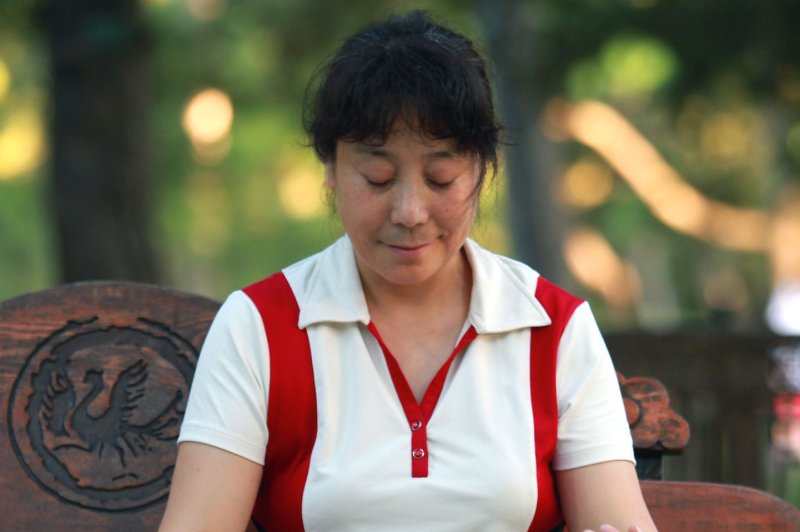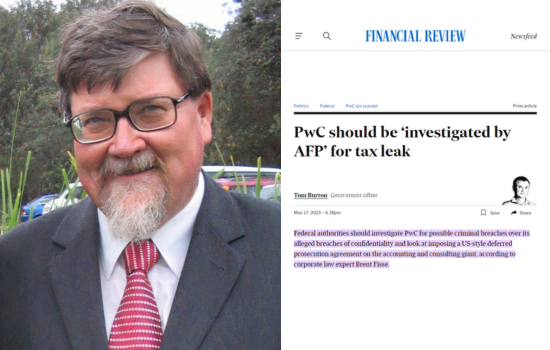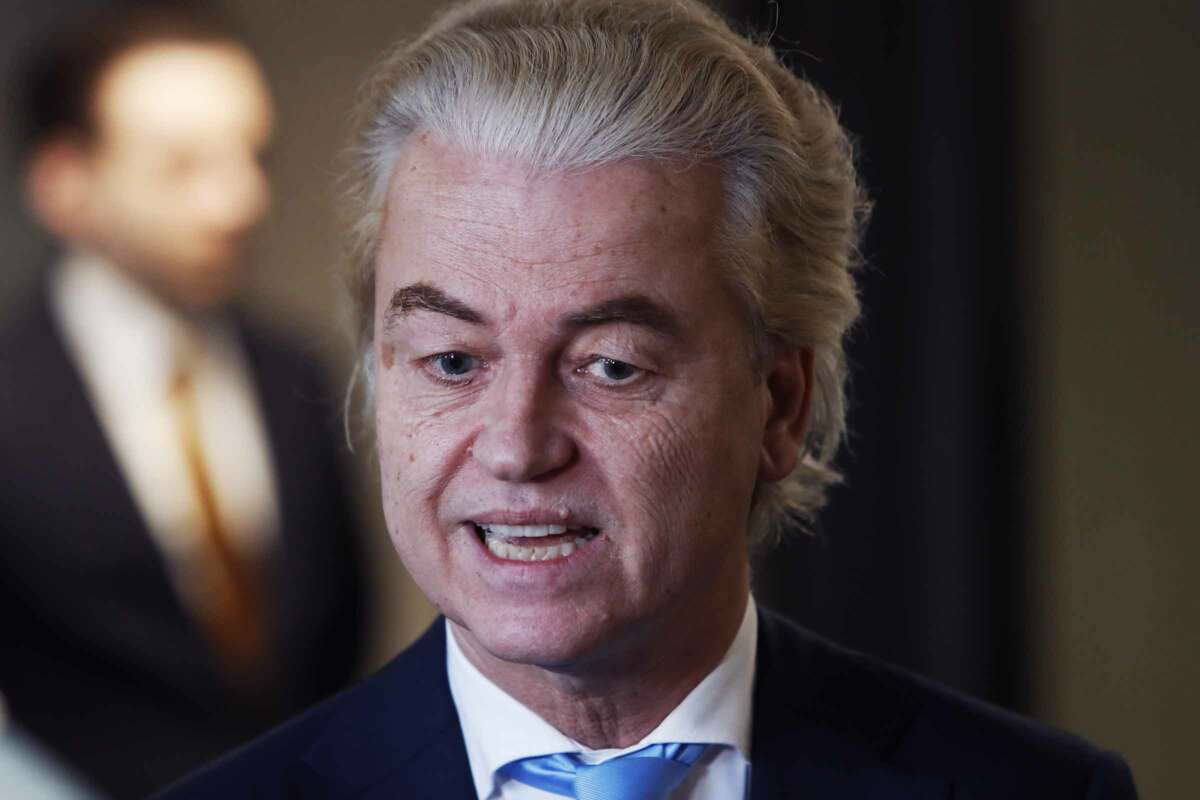Charles Richardson, of Baltimore, wipes his eye while discussing his alleged abuse decades ago by a Catholic priest, in Baltimore on Wednesday, Sept. 20, 2023. Black victims have largely been invisible in the Catholic sexual abuse crisis. Richardson recently came forward after the state of Maryland removed the civil statute of limitations for child sex abuse victims. (AP Photo/Steve Ruark)Read More
Gloria Webster, left, who is retired and lives in Raleigh, N.C., and her daughter Angelique Webster, of Worcester, Mass., an independent filmmaker, stand together for a photograph, Thursday, Sept. 7, 2023, at Angelique’s home, in Worcester, Mass. Black victims have largely been invisible in the Catholic sexual abuse crisis, including Baltimore, where Angelique was abused by their parish priest. Gloria fought hard for justice. The priest was later convicted and defrocked. The family settled with the archdiocese in 1993. (AP Photo/Steven Senne)
Gloria Webster, of Raleigh, N.C., stands on her old street in Baltimore, on Thursday, June 15, 2023. She lived down the block from St Martin, the Catholic church where her daughter was abused decades ago by their parish priest. Black victims have largely been invisible in the Catholic sexual abuse crisis. Gloria fought hard for justice. The priest was later convicted and defrocked. The family settled with the archdiocese in 1993. (AP Photo/Steve Ruark)
Angelique Webster, an independent filmmaker, stands for a photograph, Thursday, Sept. 7, 2023, at her home, in Worcester, Mass. Black victims have largely been invisible in the Catholic sexual abuse crisis, including Baltimore, where Angelique was abused by their parish priest. Gloria Webster, Angelique’s mother, fought hard for justice. The priest was later convicted and defrocked. The family settled with the archdiocese in 1993. (AP Photo/Steven Senne)
BY TIFFANY STANLEY AND LEA SKENE
Updated 5:58 AM MST, November 29, 2023
BALTIMORE (AP) — As Charles Richardson gradually lost his eyesight to complications from diabetes, certain childhood memories haunted him even more.
The Catholic priest appeared vividly in his mind’s eye — the one who promised him a spot on a travel basketball team, took him out for burgers and helped him with homework. The one, Richardson alleges, who sexually assaulted him for more than a year.
“I’ve been seeing him a lot lately,” Richardson said during a recent interview, dabbing tears from behind dark glasses.
As a Black middle schooler from northwest Baltimore, Richardson started spending time with the Rev. Henry Zerhusen, a charismatic white cleric. It was the 1970s and Zerhusen’s parish, St. Ambrose, was a fixture in Baltimore’s Park Heights neighborhood, which was then experiencing the effects of white flight and rapidly becoming majority-Black. Lauded as a “super-priest” when he died in 2003, Zerhusen welcomed his church’s racial integration and implemented robust social service programs for struggling families, including Richardson’s.
OTHER NEWS
Founder of far-right Catholic site resigns over breach of its morality clause, group says
For most of his life, Richardson kept the abuse a secret, a common experience for survivors of sexual abuse. But cases of clergy abuse among African Americans are especially underreported, according to experts, who argue the lack of attention adds to the trauma of an already vulnerable population.
Black survivors like Richardson have been nearly invisible in the Catholic Church sexual abuse crisis — even in Baltimore, home to a historic Black Catholic community that plays an integral role in the nation’s oldest archdiocese. The U.S. Catholic Church generally does not publicly track the race or ethnicity of clergy abuse victims. Without that data, the full scope of clergy sex abuse and its effects on communities of color is unknown.
“Persons of color have suffered a long legacy of neglect and marginalization in the Catholic Church,” said the Rev. Bryan Massingale, a Black Catholic priest and Fordham University professor whose research has focused on the issue. “We need to correct the idea that all or most of the victims of this abuse have been white and male.”
Earlier this year, the Maryland Attorney General’s Office released a scathing report on child sex abuse within the Archdiocese of Baltimore dating back several decades. The report documents more than 600 abuse cases but leaves out any context about race. There are clues, however, in the names of priests and churches listed.
Out of 27 parishes in the archdiocese that have significant Black populations, at least 19 — 70% — previously had priests on staff who have been accused of sexual abuse, according to an Associated Press analysis. For parishes that experienced demographic shifts over time, these abusers were in residence in the years after Black membership increased and white membership declined.
Among those affected is St. Francis Xavier, one of the nation’s oldest Black Catholic churches, where four abusive priests have served over the decades. The parish’s first Black pastor, the late Rev. Carl Fisher, has been accused of abusing several children at St. Veronica’s, another majority-Black parish he served.
In 2013, decades after Richardson’s alleged abuse, Zerhusen faced accusations from another victim — the grandson of a woman who worked at St. Ambrose for 40 years. In response to that claim, two monsignors called Zerhusen “saintly” and unlikely to abuse, according to the attorney general’s report. The archdiocese ultimately settled with the victim for $32,500 and added Zerhusen to their list of credibly accused priests this past July.
Christian Kendzierski, a spokesperson for the archdiocese, said he was just learning of Richardson’s allegation about the late Zerhusen when contacted by the AP and didn’t have information on it.
Zerhusen worked with other abusive priests, including at St. Ambrose. At two more parishes, including after he was elevated to monsignor, he supervised four other priests later credibly accused of child sex abuse.
The last time Zerhusen abused him, Richardson said, he jumped out a stained-glass window to escape the church’s sanctuary, landing on the ground outside. In Richardson’s account, Zerhusen accompanied him to the hospital and told a doctor he landed on a Coke bottle playing football. Richardson still bears scars on his elbow that he attributes to the fall.
But the emotional scars have never healed. Until recently, he had never told his wife or adult daughters about the assaults.
Richardson dropped out of high school not long after the abuse. An aspiring professional tennis player, his game suffered, and he later became a car salesman. He still sometimes struggles when interacting with other men, especially in medical settings and situations involving physical contact.
As Black men, “we have a reputation we have to carry with us, a façade,” he said. “Something like this is one of the worst things — to say you have been raped or touched by another man.”
Not long after release of the attorney general’s report, Maryland lawmakers voted to repeal the statute of limitations for child sexual abuse victims to sue. At age 58, Richardson retained a lawyer and decided to go public.
Ray Kelly, a lifelong Catholic and chair of the pastoral council at St. Peter Claver, a Black parish in west Baltimore, said the archdiocese has repeatedly failed to address racial disparities, a trend that extends far beyond the clergy abuse crisis.
In response to the 2020 racial justice protests, Kelly helped lead a working group convened by the Baltimore archbishop that focused on combating racism, but he said the archdiocese took little action after receiving the group’s recommendations.
He pointed to the Catholic Church’s long history of treating African Americans like second-class citizens — beginning in Baltimore with the founding of the Oblate Sisters of Providence in 1829, when four Black women started their own religious order after being rejected by an existing sisterhood. One of the founders, Mother Mary Elizabeth Lange, is now being considered for sainthood.
The aftermath of the Civil War brought another new religious order to Baltimore: The Josephites were founded to minister to recently freed slaves. But despite their mission, for decades they largely did not admit Black men into the priesthood. The archdiocese now lists at least five Josephite priests as credibly accused of abuse.
“The Americanized Catholic Church still sees the Black population as a perpetual charity case, so to speak,” Kelly said. “And the predators are going to go where the prey is — Black communities relying on the church for support.”
Kendzierski, the archdiocese spokesperson, said its leaders have taken significant steps to address the church’s legacy of racism. He said the archdiocese’s Office of Black Catholic Ministry works to “lift up our Catholic social teaching related to the dignity of the human person and ensure worship is inclusive of the scope of the Catholic culture.”
In some cases, the church’s charity programs allowed abusers to reach African Americans who were not regulars at Mass. Richardson, for instance, was raised Baptist, but his family still relied on the local Catholic church for food, home repairs and other resources — a scenario that experts say is surprisingly common.
Abuse also came from within the Black community. Among the alleged perpetrators were some of the archdiocese’s few Black Catholic leaders.
When he was ordained in 1974, Maurice Blackwell was a celebrated rarity: a homegrown Black priest from west Baltimore. In the years since, he has been accused of sexually abusing at least 10 boys under 18, most at majority-Black parishes he pastored.
Darrell Carter alleges he was one of Blackwell’s victims. Now 63, he recently decided to sue under the new state law, which went into effect Oct. 1.
Carter’s father took him to Mass as a child. Before dying of cancer, he told Carter to find a Catholic church if he was ever in need: “They will help you.”
Money was scarce at home, and Carter often went hungry. As a teen, he visited St. Bernardine and later St. Edward — Black Catholic churches helmed by Blackwell — looking for odd jobs like shoveling snow to earn money. Instead, he said, Blackwell sexually abused him for four years and paid him $25 each time. Carter said Blackwell brandished a gun and threatened to kill him if he told anyone.
Carter said he reported the abuse to the archdiocese several years later, hoping to have Blackwell removed from ministry, but nothing came of it. The archdiocese said it received a report of Carter’s abuse in 2019 and reported it to law enforcement. Blackwell didn’t respond to recent messages seeking comment.
Carter went on to have a family and a welding career. He also struggled with alcoholism, suicidal thoughts and maintaining stable housing. Of the sexual abuse, he said, “There’s not a day that goes by that I don’t think about it.”
Carter’s attorney, Joanne Suder, who also represents Richardson and many other clergy abuse victims in Baltimore, said it’s common for people to wait decades before disclosing their abuse. She said that’s often the case even as they experience its debilitating impacts, including struggles with mental health and addiction.
In 2002, another of Blackwell’s victims — a young Black man named Dontee Stokes — showed up at the priest’s Baltimore rowhome, pulled out a handgun and shot Blackwell after he refused to apologize. The shooting became a defining event in Baltimore’s mishandling of clergy sex abuse claims, just as the scope of the crisis was breaking open in Boston.
Blackwell survived, and Stokes was later acquitted of attempted murder. He served 18 months of home detention for gun charges.
Stokes had reported the abuse nearly a decade before the shooting, but police never filed charges. Although the archdiocese found the claims credible, Cardinal William Keeler, then Baltimore’s archbishop, returned Blackwell to ministry against the advice of an independent review board. A psychiatrist who evaluated Blackwell noted the difficult situation, given his “leadership in the African American community as well as the intensely positive feelings of his parishioners.” Finally in 1998, Blackwell was removed from ministry after another victim came forward.
But it was only after the 2002 shooting that Blackwell was formally laicized and criminally charged. Despite being convicted of three counts of child sexual abuse, he was granted a new trial because of the “improper testimony about possible other victims,” according to the attorney general’s report. Prosecutors ultimately declined to retry him.
“Nobody got any closure,” said another of Blackwell’s victims, who received a settlement from the archdiocese.
The man spoke on the condition of anonymity, fearing being ostracized from his community if he publicly discussed his abuse. The AP generally does not identify sexual abuse victims without their consent. A runaway teen in the mid-1970s, the man ended up living in St. Bernardine’s rectory, where he said Blackwell sexually abused him. He came forward to support Stokes at trial.
For speaking out against Blackwell, the man got angry phone calls from friends and family members. “When you have somebody as popular as him, how can you knock the priest off his throne?” he said.
Blackwell remains popular, according to people in the community.
Gloria Webster also remembers feeling shunned by other Black Catholics.
“It was like I was suing God,” said Webster, who pursued criminal and civil charges on behalf of her daughter, who was sexually assaulted as a teenager. “All my friends turned against me.”
In 1990, Angelique Webster became suicidal, admitting she had been sexually abused for years by her white youth pastor, the Rev. Richard Deakin, starting when she was 13. The family lived down the block from the parish, St. Martin, where Gloria was an active volunteer.
Gloria and Angelique struggled to find other Black survivors: One support group for clergy abuse was filled with older white members. Gloria once called Blackwell for spiritual guidance but said she never heard back. Not long afterward, he was accused of abuse himself.
Then a graduate student in African American studies, Gloria was keenly aware of how gender and race played into the subsequent legal proceedings. She said the archdiocese tried to incorrectly “make it out like I’m this poor drug addict” who didn’t deserve support, but she was determined to fight for her daughter.
At the time, Maryland survivors generally had only a few years after the abuse to file a lawsuit, which meant Angelique navigated the case between multiple psychiatric hospitalizations. “I couldn’t hide from it because it was there all the time,” she said in a recent interview.
Deakin pleaded guilty to second-degree rape and child sex abuse, receiving no jailtime with a 20-year suspended sentence and five years’ probation. He had married by then and later became a licensed social worker at a Veterans Affairs facility in Pennsylvania. Because of his conviction, a state board ordered him to avoid counseling anyone under 21, according to licensing records. He surrendered his license in 2018 at the board’s request, which cited the public release of information about his sexual misconduct. He didn’t respond to a message seeking comment.
In 1993, the Websters settled out of court for $2.7 million, a staggering sum for the archdiocese, where most settlements fall under $100,000.
The settlement, paid in monthly installments, has allowed Angelique to afford ongoing therapy and maintain financial stability. Now married with a child of her own, she made a short documentary several years ago about Gloria’s fight as a Black woman to sue the Catholic Church.
Survivors coming forward now, including Richardson and Carter, will likely receive smaller settlements since the archdiocese recently declared bankruptcy, allowing it to protect its assets more and shift the litigation to bankruptcy court, a less transparent forum.
“I feel like they are escaping responsibility,” Richardson said.
But for his part, Richardson recently found solace in telling his daughter about the abuse: “A great weight has been lifted off my shoulders.”
He’s retired now, but Richardson recalled a moment that stood out during his long career as a car salesman — when another clergy abuse victim walked into his dealership. That was sometime after Stokes had shot Blackwell, and Richardson recognized him from widespread media coverage of the case. Before selling him a car, Richardson told Stokes he was proud of him for fighting back.
But he couldn’t yet say what he really wanted to share: that it happened to him too. Now, he finally can.
___
Associated Press religion coverage receives support through the AP’s collaboration with The Conversation US, with funding from Lilly Endowment Inc. The AP is solely responsible for this content.
















